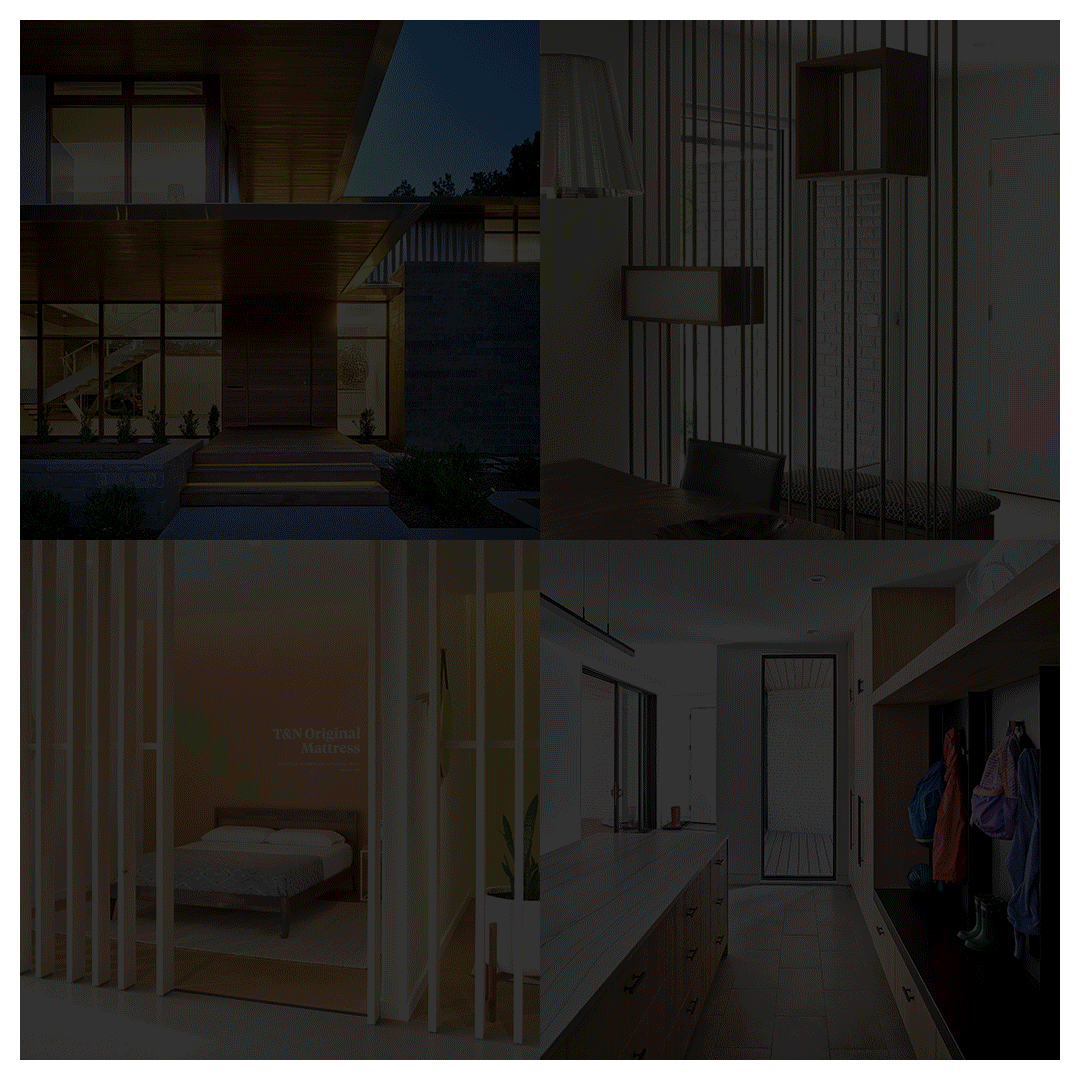Recent Project
Living Design
The Future Boundary
by Matthew Hufft
Hopefully soon we will be back to the closest version of our “normal” lives. But some things will never be the same.
Spaces, and the objects that define them, will be more important than ever before as we move forward. We will want to welcome friends to our homes again, but what will be the etiquette for asking them to disinfect in the foyer? We will want to return to our favorite restaurants, but how will we really feel if it is two-thirds empty? We will want to get back in a room with our peers at work, but how do we collaborate from 6 feet apart?
On the home front, much of the change may happen at the boundary of the front and back door. With a heightened awareness about germs, and with guests hopefully reentering our home soon, a renewed focus will be placed on thresholds, such as the foyer and the mudroom – those spaces that allow one to enter from the outside world, take off their shoes and wash their hands. Of course, these spaces are not new per se, but we will see a renewed emphasis on their design. They will grow and become much more functional. And the awkward request for a guest to remove their shoes will no longer be awkward …it will just be the accepted norm. So, a bench and storage will be necessary in these spaces.
It’s likely many of us will not completely return to the office full–time, thus, the need for a workspace in the home. Since the invention of the laptop and Wi-Fi, these rooms have quickly been disappearing. But now, many understand the need for having a dedicated space with boundaries (and probably sound-rated acoustic doors) to achieve deep work. The home office may not be a big oak–clad traditional space, though. New furniture may allow these spaces to become more like objects or pods, floating in a backyard or attached to a garage.
Outside the home, we will continue to see a great mash–up of uses; retail, hospitality, workplace and even cultural spaces will merge into one. In this new world, boundaries will start to disappear from a programming or use standpoint. If we are going to leave the bubble of our home, we must really contemplate where we are going and what it will offer. We don’t necessarily need to go back to our traditional and distracting open office desk. We don’t necessarily need to browse the floor of our favorite shop. And, we probably will not have an opportunity to cram into our favorite local restaurant. But, we will want those things. The reason to go outside is to interact with other people, period. All space outside the home will focus on this – meaningful interaction amongst humans. And moving from place to place may be viewed as unnecessary risk, especially if you can be satisfied with all your needs in one space.
As a result, variation inside commercial spaces will be key. To draw people in, these places will have to offer a variety of visual and physical stimulus: soft seating, meeting spaces, virtual reality rooms, games, food, beverage and a place to stay the night. Furthermore, each of these spaces will potentially be sponsored and/or have goods for sale in them. Retail is not dead. It is simply going to be completely integrated into our new world.
None of this is new thinking – it is part of the new ‘shared’ or ‘gig’ economy. But it will look different now, and so will the objects within it. Boundaries may be defined by apparatuses for hygiene or physical dividers of space. Everything from the inside of an Uber to the front door of an AirBnB will change. Much of this will revolve around hygiene and sanitization. The ugly sanitizer bottle at the front desk will turn into attractive dispensers sitting next to salt and pepper shakers and scattered throughout a space. A new type of room screen will appear to divide large, open spaces into small, intimate rooms. The good news is that these new screens, or boundary systems, will create a whole new set of experiences in our public world.
Everything will be different, and over the next year or so, we will see a lot of innovation around how to adapt spaces to this difference. No doubt that a lot of it will be awkward and take some getting used to. However, much of it will quickly become part of our daily routine and lives without a problem. Some of it may freshen up our lives in ways we had not thought about. It will also make us all think about the fragility of life and importance of health daily, and I suppose that is a good thing.
